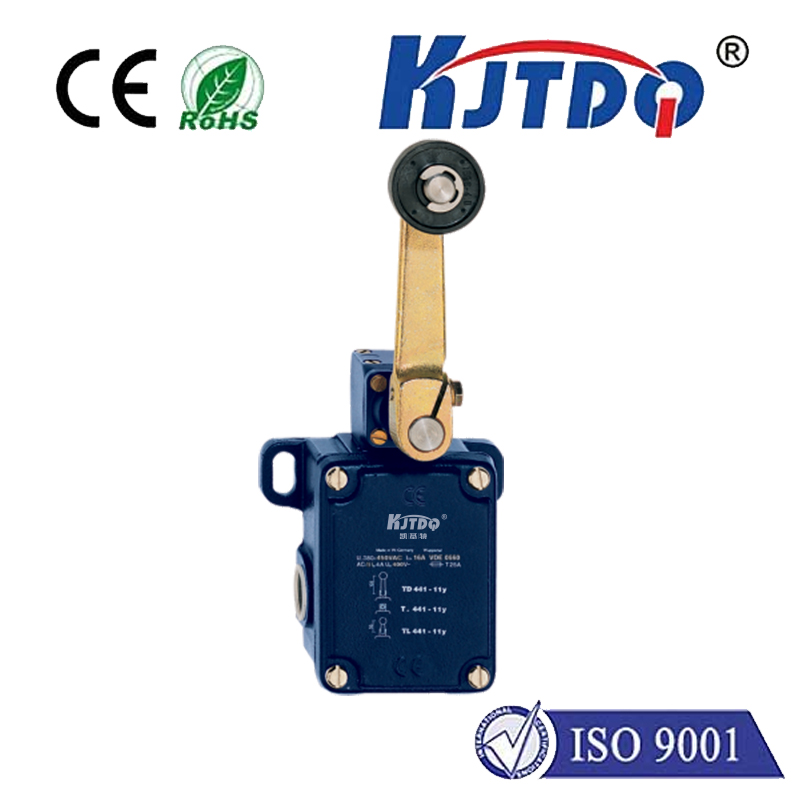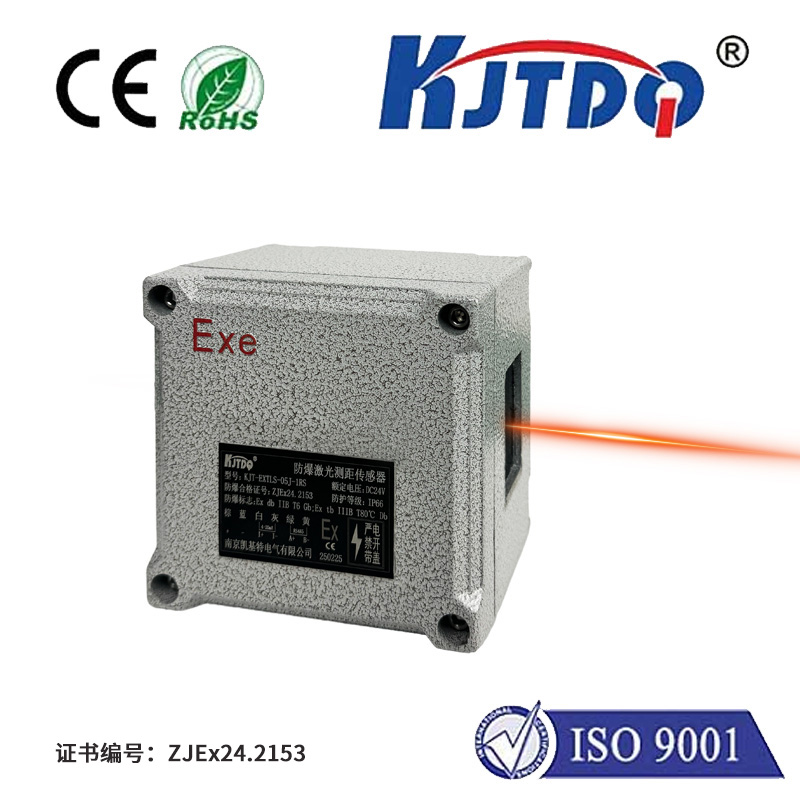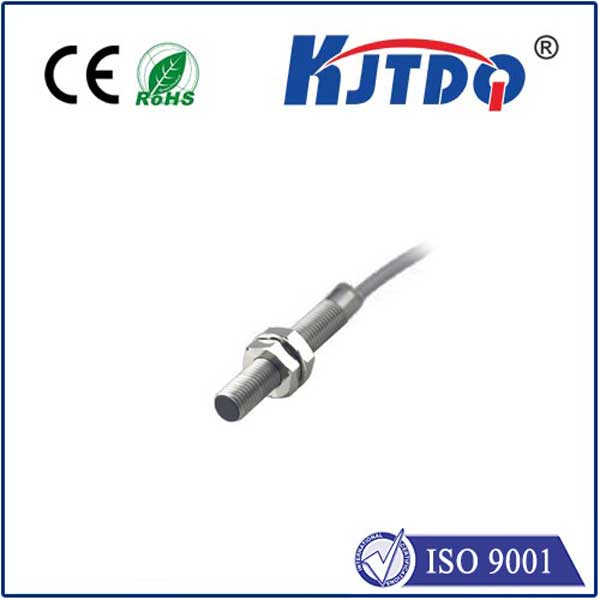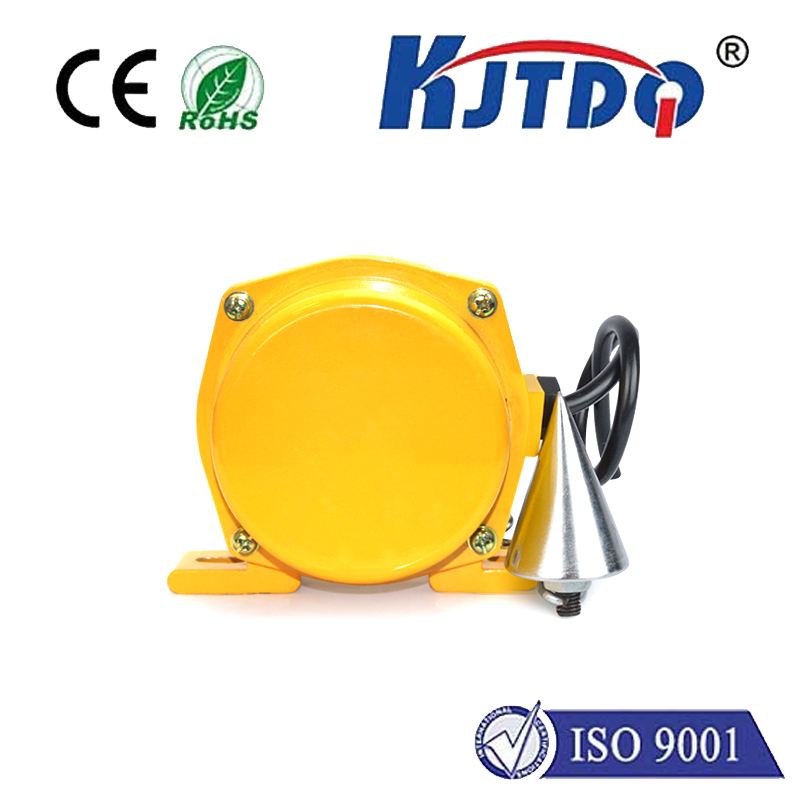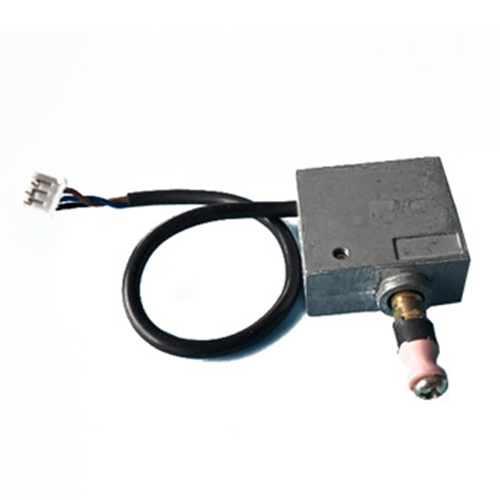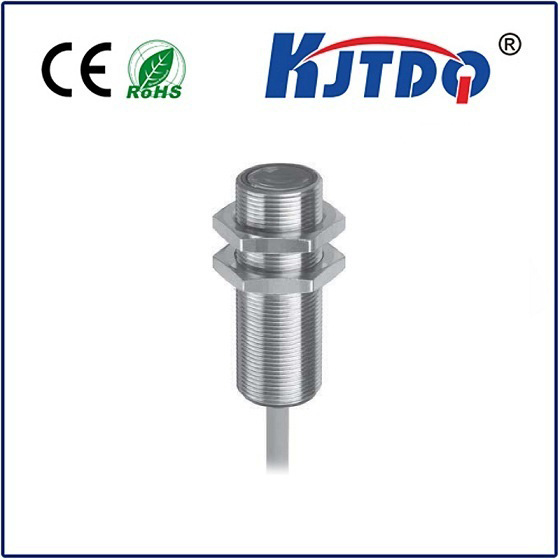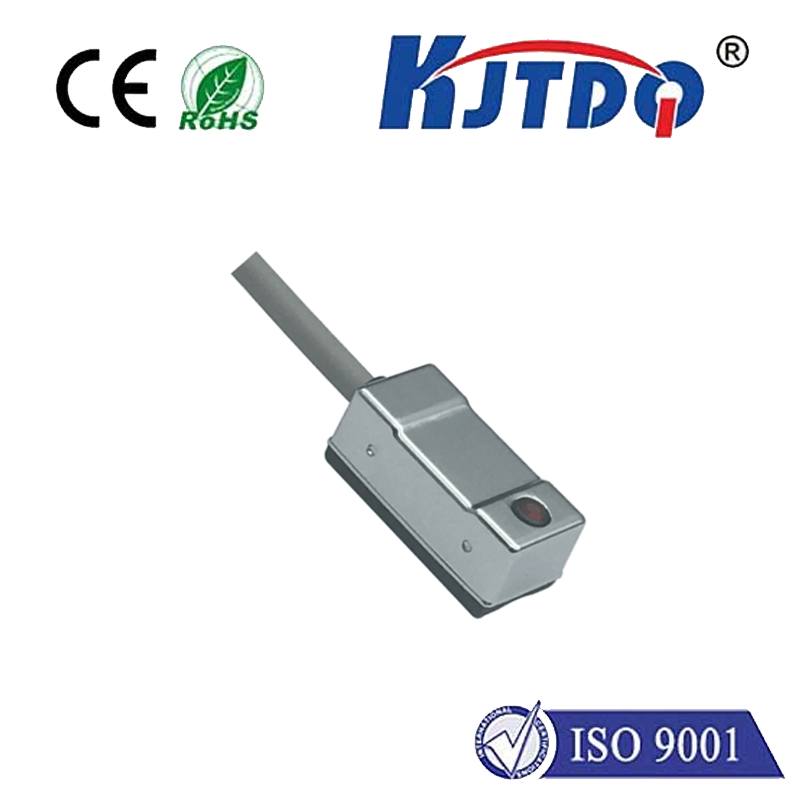photo sensor
- time:2025-07-23 11:48:28
- Click:0
The Eyes of Technology: Demystifying the Photo Sensor
Imagine a world where light remains invisible to machines. Automatic doors wouldn’t sense your approach. Smartphone cameras couldn’t capture a sunset. Security lights would stay perpetually dark. This fundamental ability to “see” light – to transform photons into actionable information – is the remarkable domain of the photo sensor. Far more than just a component, these sophisticated devices are the unsung heroes enabling countless modern technologies to perceive and interact with the visual world around us. Understanding how they work unlocks a deeper appreciation for the invisible infrastructure powering our devices.
At its most essential, a photo sensor (or photodetector) is a transducer. Its primary function is to convert light energy, ranging from invisible infrared (IR) and ultraviolet (UV) to the familiar spectrum of visible light, into an electrical signal. This transformation hinges on the photoelectric effect, a principle famously explained by Einstein, where photons striking a material liberate electrons, generating a measurable electric current or altering electrical resistance. This fundamental physical reaction forms the bedrock of all photo sensing technology.

The landscape of photo sensors is diverse, tailored to specific needs based on the type of light being detected, required sensitivity, speed, and output characteristics. Some of the most prevalent types include:
- Photodiodes: These are the workhorses, often found in applications like optical communication receivers, light meters, and smoke detectors. They operate primarily in reverse-bias mode, where incident light generates electron-hole pairs, resulting in a photocurrent proportional to the light intensity. They are valued for their linear response and good speed.
- Phototransistors: Essentially a photodiode combined with a transistor amplifier, phototransistors offer higher sensitivity than basic photodiodes. They generate a larger output current in response to light, making them ideal for applications like object detection (e.g., slot sensors in vending machines) and basic light-level sensing where amplification is beneficial. However, they are generally slower than photodiodes.
- Photoresistors (LDRs - Light Dependent Resistors): These are the simplest and often most cost-effective type. Their electrical resistance decreases as the intensity of incident light increases. Widely used in simple light-activated switches (like streetlights turning on at dusk) or camera exposure control in older devices, they offer simplicity but lack speed and precision compared to semiconductor types.
- Charge-Coupled Devices (CCDs) & Complementary Metal-Oxide-Semiconductor (CMOS) Sensors: These are complex arrays of millions of individual photodiodes fabricated onto a silicon chip. They are the technological marvels capturing images in digital cameras, smartphones, medical imaging devices, and scientific instruments. While both convert light to electrical charge, CMOS sensors have largely dominated consumer electronics due to lower power consumption, faster readout speed, and easier integration of processing circuitry directly onto the chip. CCDs, however, are still prized in some high-end applications (like astronomical imaging) for their exceptionally high uniformity and low noise characteristics.
When selecting a photo sensor for a specific task, several key specifications are paramount:
- Spectral Response: This defines the range of light wavelengths (colors, including IR or UV) the sensor can detect. Does it need to see visible light only, near-infrared for night vision, or perhaps ultraviolet for fluorescence detection? Matching the sensor’s spectral sensitivity to the application’s light source is crucial.
- Responsivity: This measures how effectively the sensor converts light into electrical output (usually amps or volts per watt of incident light). Higher responsivity indicates greater sensitivity.
- Response Time: How quickly can the sensor react to a change in light intensity? This ranges from microseconds (photodiodes) to potentially seconds (some photoresistors). High-speed applications like optical data transmission demand very fast response times.
- Dark Current: Even in complete darkness, most semiconductor photo sensors generate a small, undesirable current. Lower dark current is essential for high-sensitivity applications, especially where detecting very low light levels is critical (e.g., night vision cameras or scientific sensors).
- Linearity: Does the electrical output increase proportionally with light intensity? Many applications, especially measurement and imaging, require highly linear sensors over their operating range.
The applications leveraging these diverse photo sensor capabilities are vast and constantly expanding:
- Imaging & Photography: Digital cameras, smartphones, webcams, machine vision systems for industrial inspection, medical imaging (X-ray, endoscopy), satellite imagery. CMOS sensors reign supreme here.
- Automation & Control: Object detection on production lines (photoelectric sensors), automatic doors, liquid level sensing, barcode scanners, optical encoders measuring position/speed, light-activated switches.
- Communication: Fiber optic data transmission relies heavily on high-speed photodiodes to convert laser pulses back into electrical signals.
- Consumer Electronics: Ambient light sensors automatically adjusting screen brightness, proximity sensors turning off screens during calls, gesture recognition, optical heart rate monitors in wearables.
- Safety & Security: Smoke detectors, flame detectors, security lighting, intruder alarms, night vision systems, photoelectric beams for perimeter protection.
- Scientific & Medical: Spectrophotometers analyzing materials, environmental light monitoring, diagnostic equipment, DNA sequencing instruments, solar radiation measurement.
From enabling the convenience of a smartphone that adapts its screen to your surroundings, to ensuring the safety of industrial workers through precise machine vision, photo sensors are indispensable. They provide the essential bridge between the radiant energy of light and the digital world of electronics. As technology relentlessly advances—demanding higher resolution imaging, faster data transfer, non-invasive medical diagnostics, and smarter autonomous systems—photo sensor technology evolves in tandem. Continuous innovations focus on enhancing sensitivity, reducing noise, shrinking sizes, expanding spectral ranges, and improving integration.












